








| Common Cattle-Egret (Bubulcus ibis (Linnaeus, 1758)) |









|
|
Scientific name: Bubulcus ibis (Linnaeus, 1758) Common name: Common Cattle-Egret French name: Héron garde-bœufs, Pique-bœufs Order: Pelecaniformes Family: Ardeidae Size: Body size: 48 to 53 cm; Wingspan: 90 to 96 cm; Weight: 300 to 400 g. Habitat: Near water but also steppes and dry meadows. Food: The Common Cattle-Egret mainly feeds on insects and accompanies cattle and large mammals to pick off their parasites. It can also feed on small vertebrate preys disturbed by these animals. Nesting: The Common Cattle-Egret nests in variable sized colonies. The nest, made up with sticks, twigs and reeds, is usually located in a bush near water. Females lay 4 to 5 eggs and both parents will sit on the eggs. Migration: Partially migratory. Northern birds move southwards in winter. Geographic area: Originated from Africa, the Common Cattle-Egret has spread throughout the world. It is only missing in the polar regions. |
The Common Cattle-Egret, in winter plumage, is completely white with an orange bill and dark greyish legs. In nuptial plumage, it has orange feathers on the head, on the back and on the chest. The bill is more yellow and the legs are red. The bill is shorter than the one of other herons of the same family. Juveniles are similar to adults in winter plumage. At the beginning they have a black bill and black legs. |
| [To know more about the Common Cattle-Egret] [Next picture] [Top] |
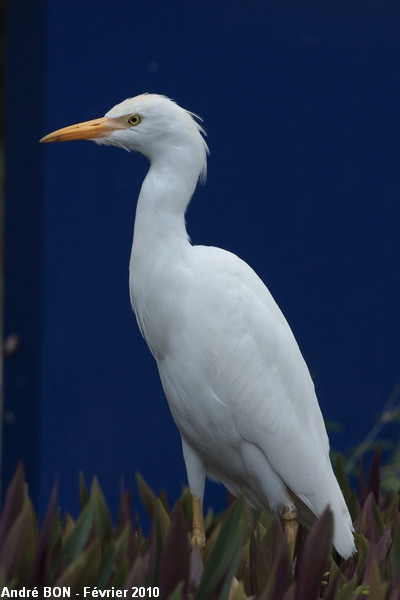
|
Common Cattle-Egrets are very common in Guadeloupe. I have observed this one on a flowerbed near the entrance of a gasoline station. The blue colour of the base of the gas station entrance sign makes a nice background colour for the picture. |
| [To know more about the Common Cattle-Egret] [Next picture] [Previous picture] [Top] |

|
Not worried by our presence, the Common Cattle-Egret has continued to look for food with a sharp eye. |
| [To know more about the Common Cattle-Egret] [Next picture] [Previous picture] [Top] |
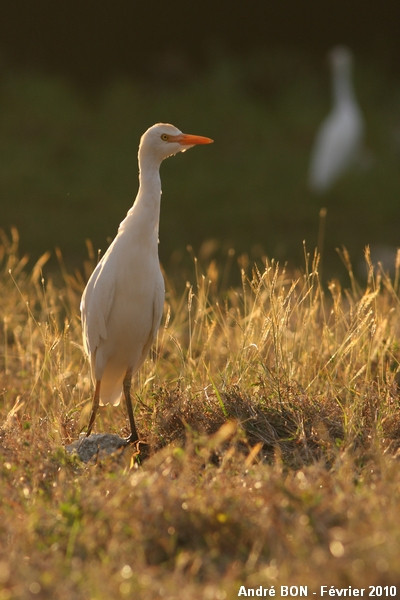
|
Common Cattle-Egret observed just before sundown during a walk next to the beach of Saint-Félix. |
| [To know more about the Common Cattle-Egret] [Next picture] [Previous picture] [Top] |
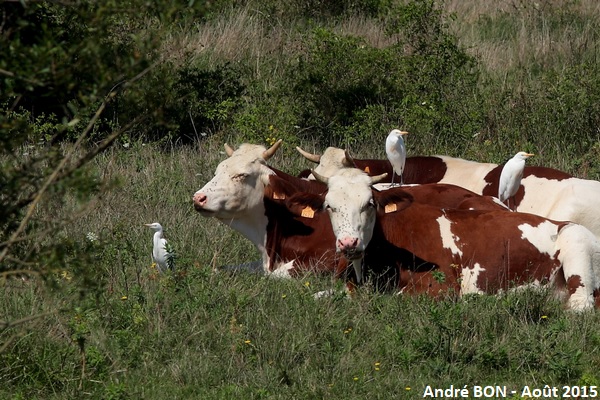
|
Common Cattle-Egrets, which are more southern birds, now nest regularly in the Basse Vallée du Doubs, to the delight of Montbéliard cows. |
| [To know more about the Common Cattle-Egret] [Next picture] [Previous picture] [Top] |
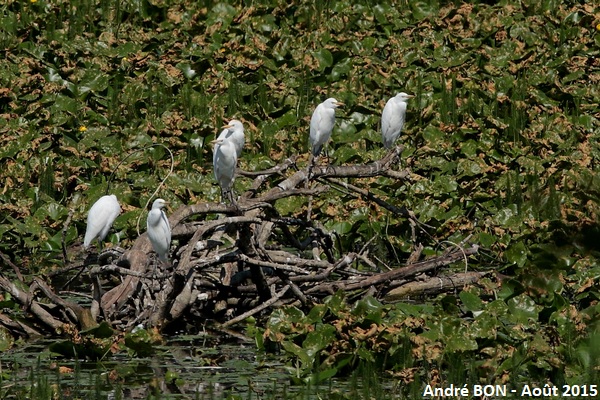
|
I observed this small flock on the banks of a backwater. |
| [To know more about the Common Cattle-Egret] [Next picture] [Previous picture] [Top] |
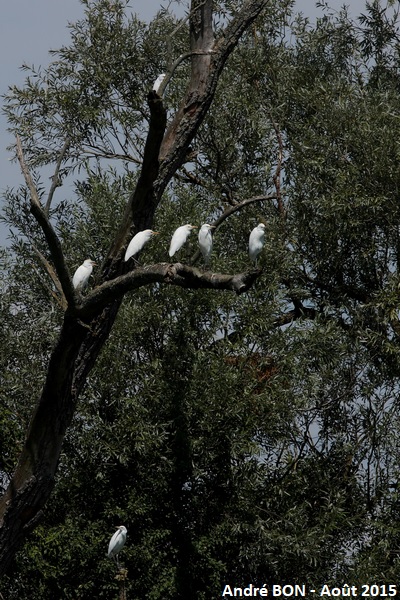
|
Here is the same flock which, worried by my presence, flew to perch a little higher. |
| [To know more about the Common Cattle-Egret] [Next picture] [Previous picture] [Top] |
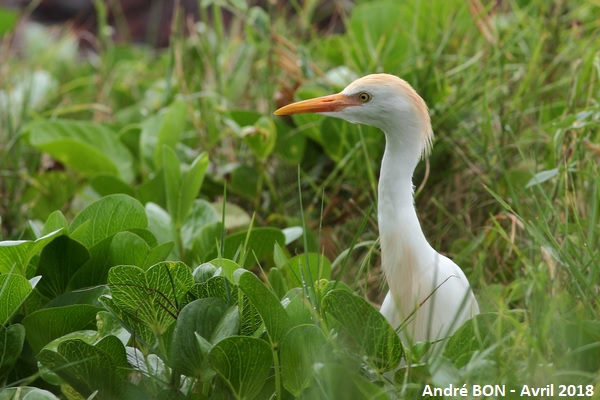
|
After Guadeloupe, here is Martinique. This Common Cattle Egret was observed in the strip of vegetation bordering Diamond Beach. |
| [To know more about the Common Cattle-Egret] [Next picture] [Previous picture] [Top] |
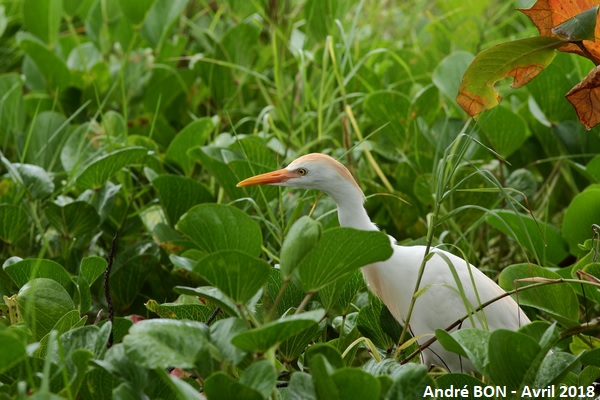
|
Focused on its search for food. |
| [To know more about the Common Cattle-Egret] [Previous picture] [Top] |
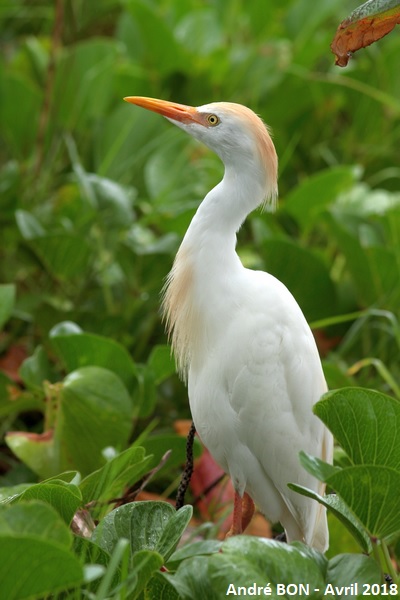
|
The few orange feathers indicate the breeding plumage. |